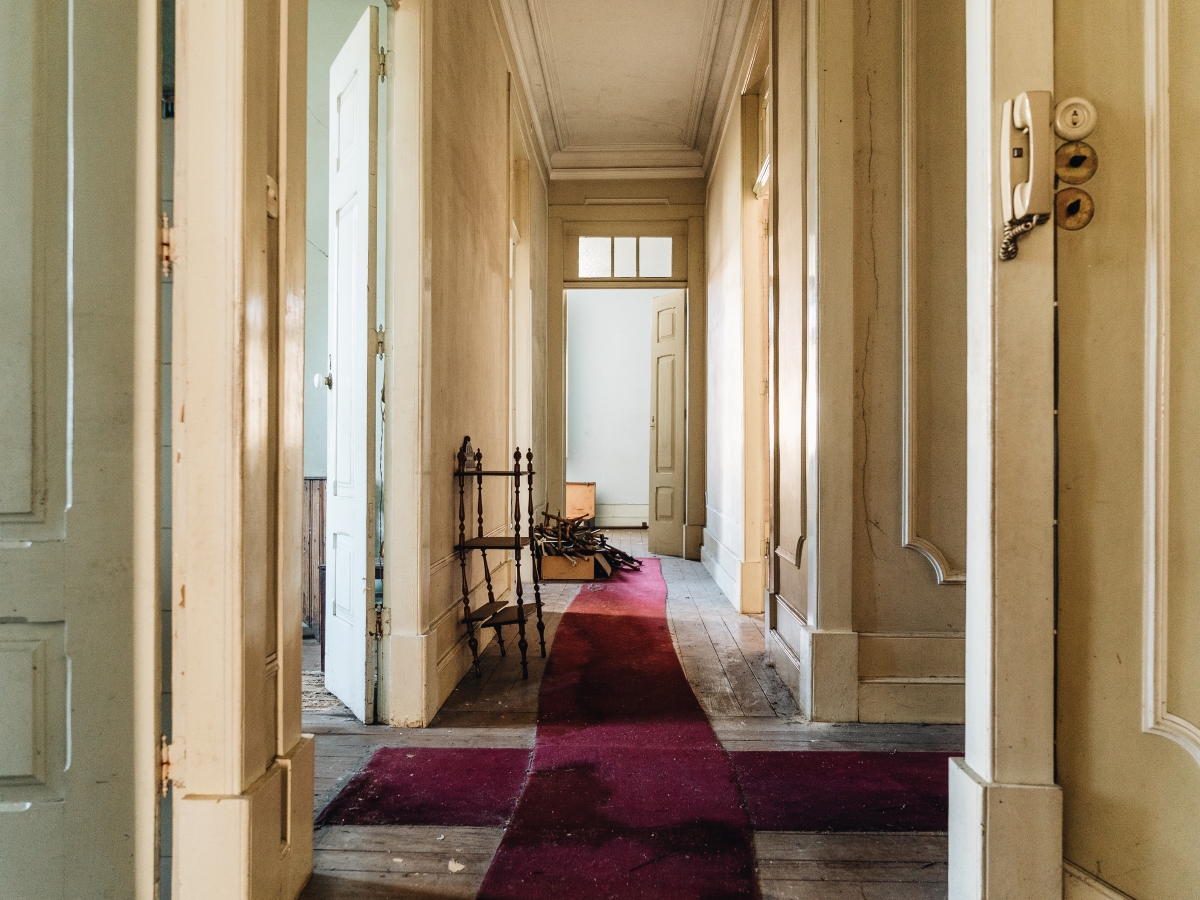Nowadays, rehabilitation has been acquiring more and more interest from national and internal investors who have a similar motivation. Do you want to know which one? Well, it’s simple: the valorization of emblematic architectural constructions and the historical preservation of the city. Giving a new life to an architectural heritage have an important meaning. It’s one of the ways that help us to transport the past story to the present moment and take from it the best that heritage has to give us.
Walking through a rehabilitated space always reveals a valuable and constructive journey through time. We always end learning something new with it. Today we are going to share the rehabilitation process in the field of civil construction, one of the services offered by Castro Build.

The rehabilitation process can be quite different from one case to another. Sometimes we deal with a change of use that we need to examine and take the right actions for that purpose; in others, we need to expand or increase the area of a property. In that cases, it’s important to deal with technical and legal questions to know how to do it better.
Sometimes the advanced state of degradation of a building requires a total or partial reconstruction. There are other cases in which it is necessary to remodel the interior of a building and last but not least, there are also situations in which what is needed is a restoration or conversation of a property. Regarding this scenario, it’s important to say that giving its quality or patrimonial value, it is vital to take smart technical decisions to achieve the main goal.
If we think that rehabilitation makes part of the culture, history, environment, and economy, it’s possible to conclude that those who have a vital role in rehabilitation processes (investors, designers, builders, inspectors, licensing entities, or even residents) have the responsibility to manage such operations with rigor, professional and technical competences. They should take into consideration the ethics guided by the importance of the main interests.
One of the secrets of rehabilitation is the sustainability of interventions. In this case, we aren’t only thinking in terms of economy, but in a more global way. A rehabilitation project can not give in loss of the meaning of the concept of rehabilitation and, therefore, it must be sustainable enough in different levels: intervention, ecological and environmental. It’s vital that in this process the preservation of the cultural values of the building is ensured.
Portugal has become attractive to investors when tourism has evolved. This fact helped to speed up the rehabilitation of buildings in big cities but also the creation of green areas. For this purpose, several tax incentives have been created. One example is the application of a reduced rate of VAT of 6% to urban rehabilitation works, as defined in the legal Regime Jurídico da Reabilitação Urbana, carried out in properties in specifically defined areas (ARU).

Over the past few years, there has been a change. For decades, rehabilitation ended up falling with the progress of civil construction and modern architecture. Nowadays, more and more importance is given to the cultural identity of each region of Portugal so that our ancestors and our history are not lost.
If you would like to rehabilitate a project tailored to your need, give us a call.
Castro Group has all the availability to guarantee a response to the challenge. For now, get to know one of our most special rehabilitation projects.
Back to the top